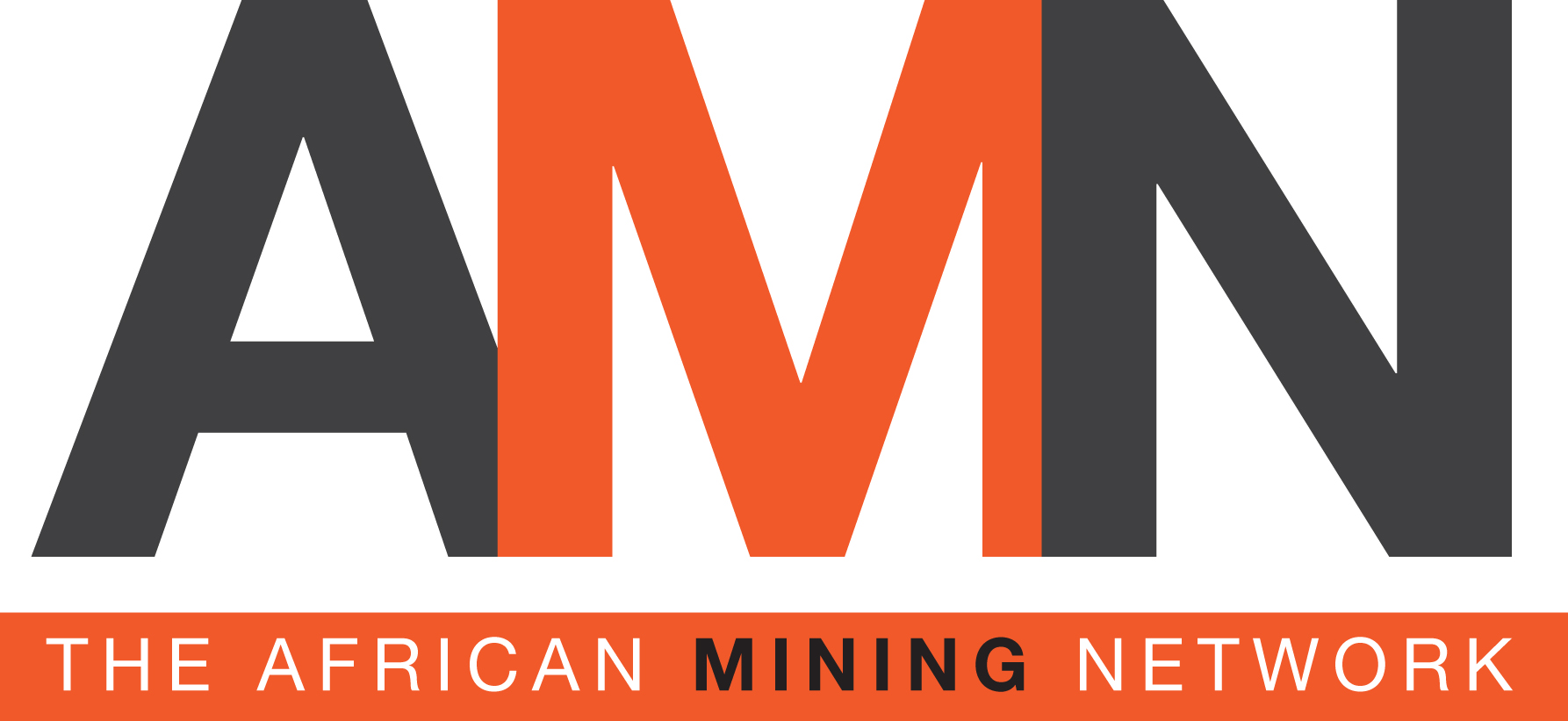- Yolanda Torrisi
- +61 412 261 870
- yolanda@yolandatorrisi.com
- Nina van Wyk
- +27 82 926 3882
- nina@africanminingnetwork.com
![]()
With South Africa’s mining industry desperately in need of a fillip, there are fears that the long-awaited revised mining charter may not deliver and that the industry is in grave danger of going beyond the point of no return.
The industry is already on its knees as it struggles to overcome the commodity downturn of recent years, the expense of accessing deeper and more difficult ore bodies and a poor safety record.
While commodity prices have improved, it seems all else is combining to place a dark cloud over the industry in a country that has done so well out of mining for so many years.
Uncertainty around the charter has deterred investment into a sector that accounts for 8 per cent of gross domestic product in the world’s top platinum producer. South Africa has the world’s biggest reserves of platinum and manganese, and its mineral deposits also include gold, iron ore, coal, chrome and zinc.
It can only be hoped that the extra month the Mines Minister Gwede Mantashe has allowed for public consultation on the charter will make a difference and re-spark investment at a time when it is needed most … but it appears the industry is not going to get its hopes up.
Mantashe said he would extend the period for public comment until the end of August. “It gives people a chance to engage more and comment more.”
He has also said that he wants the charter to be finalised and rolled out by October. “We want to get genuine views of people, not just put issues as a quick, quick thing. By October or November, we must have a new charter in place.”
After public consultation is met the document will go to Cabinet for adoption.
A draft of the charter published in June extends to five years from one year the time that existing mining permit holders will have to raise black ownership levels to 30 per cent from 26 per cent.
It also proposes a requirement that 10 per cent, or a third of the 30 per cent black ownership target, for new mining right applicants be granted free to communities and qualifying employees, dubbed ‘free carry’ and which has been opposed by industry body The Minerals Council South Africa.
The government and miners were at loggerheads over a previous version of the charter, which the Minerals Council criticised as confusing and a threat to South Africa’s image with investors. The council has been leading the campaigning on behalf of miners.
One factor in favour of the industry is its resilience with mining companies showing time and time again that it can survive.
That resilience is needed now with latest gold sector data showing the difficulties faced in South Africa, which not too long ago was the world’s leading producer.
Employment in the gold industry is down 30%, or 48,000 jobs, since 2009, and this mirrors the decline in production over the same period. There are further job cuts forecast with fewer than 20% of the country’s gold mines making money at current prices.
To blame are ever-deepening shafts, declining ore grades, more difficult processing and above-inflation increases in labour costs. Adding to the woes are problems with supply of power and the increasing costs for mines providing their own power or looking to this as an alternative.
In fact, electricity costs account for 20% of the costs of miners in South Africa. This is the second highest cost factor behind labour and it is the same for all mining. Other costs that are contributing are transport, water, other utilities and infrastructure.
These days it is nearly impossible for exploration companies and junior producers to do business in South Africa, while the increasing risks means it is also increasingly difficult for the larger, established companies to find viable opportunities for large-scale investments.
It is little wonder, therefore, that AngloGold Ashanti Ltd chairman Sipho Pityana has expressed concerns that the new charter will not provide solutions to the industry’s challenges and will make it difficult for companies to buy and sell assets.
Pityana told Bloomberg: “When the industry says to you that what you are proposing will kill the industry, you should sit up and listen. Layers and layers of these things make mining an uninvestable proposition and you are talking about an industry that basically has its back up against the wall.”
He summed the situation up by saying that while mining companies support the government’s wealth-redistribution goals, the current proposals threaten to harm the industry at a time when it needs nurturing.
Yolanda Torrisi is Chairperson of The African Mining Network and comments on African mining issues and the growing global interest in the continent. Contact:yolanda@yolandatorrisi.com

